In the middle of the hot month of August, Bulgarians pay honor to the Mother of God. The day of her Dormition (or falling asleep) is among the most important feasts in this country. Three days before her earthly journey ended, while she was praying, Archangel Gabriel appeared in front of her. He announced to the Virgin Mary that her spirit was to move to the Kingdom of Heaven. Legend has it that all the living apostles gathered near the deathbed of the Virgin Mary, but Thomas the Apostle was late. And when, after three days, he wanted to bow to her body, it turned out that only her funeral shroud remained in the cave where she had been laid. The Holy Mother was resurrected like the Son of God was.
On the day of the Dormition of the Mother of God (August 15), believers go to the temples to pray in front of the icon of the Mother of God for health and love. In the villages where there is a church or monastery, bearing the name of the Virgin Mary, the whole village gathers at the churchyard and dishes are given to people.
There are more than one hundred churches in Bulgaria that are named after the Dormition of the Mother of God. Among them is the church in the Rhodope village of Shiroka Laka.
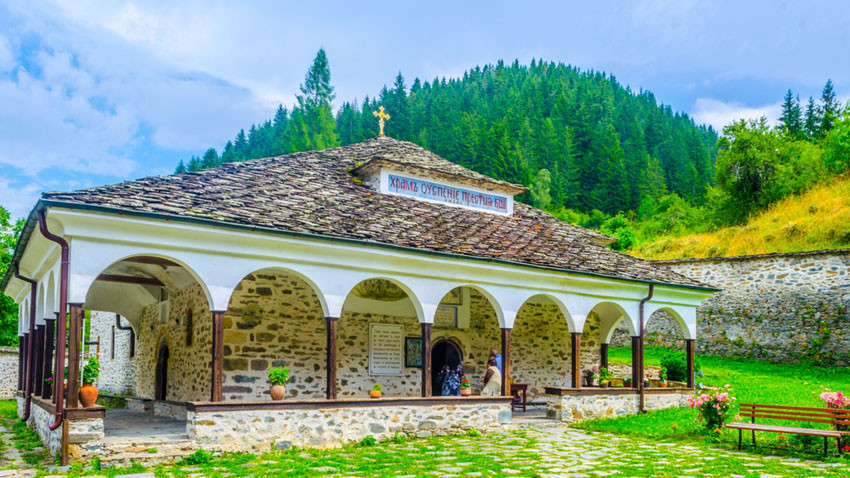
"This wonderful church is the work of an entire village, which managed to build it for 38 days, under the expert guidance of Todor Palamarchov, for the honor, glory and immortality of the village and the people," reads an inscription to the left of the church entrance.
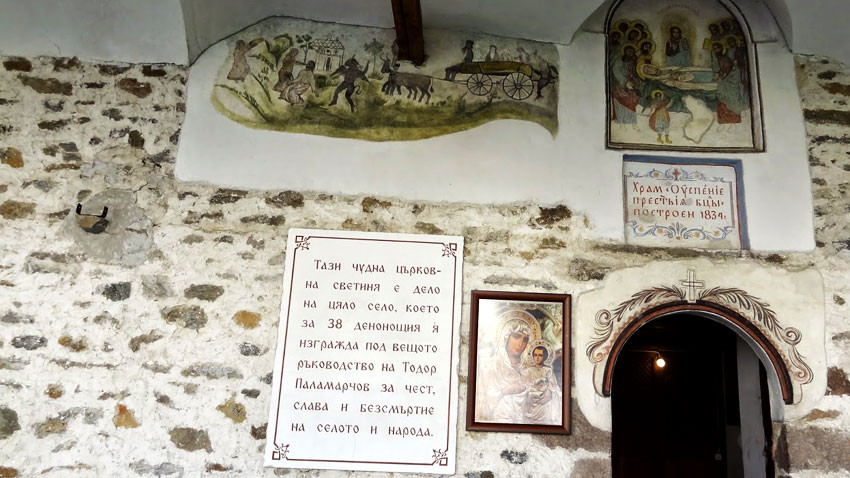
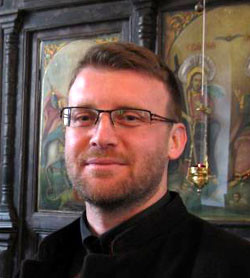 "During this period, Bulgaria was under Ottoman rule and the authorities created obstacles before the construction of this church and the legend tells us that in fact people had 40 days to build the temple and the roof. If they managed to do it for 40 days, they would be entitled to have a church, but if they could not finish it, the building would be demolished. Even today, with modern technology, building such a colossal church is a challenge. But we also should not underestimate people's faith, as sometimes it can really lead to miracles. The legends clearly states that all people worked night and day, so it might be possible," Priest Ivan Marinski, who serves at the church, says.
"During this period, Bulgaria was under Ottoman rule and the authorities created obstacles before the construction of this church and the legend tells us that in fact people had 40 days to build the temple and the roof. If they managed to do it for 40 days, they would be entitled to have a church, but if they could not finish it, the building would be demolished. Even today, with modern technology, building such a colossal church is a challenge. But we also should not underestimate people's faith, as sometimes it can really lead to miracles. The legends clearly states that all people worked night and day, so it might be possible," Priest Ivan Marinski, who serves at the church, says.
Thanks to their tireless work and strong faith, the locals finished their church in 1834. The building is 19 meters long and 12 meters wide and the walls are 1 meters thick. The iconostasis of the church is unique in style, painted by craftsmen who were students of famous Samokov artists Dimitar and Zachary Zograf. Eight six-meter columns support the roof made of stone slabs. The iron-clad doors are massive "so that a bullet cannot pierce them."
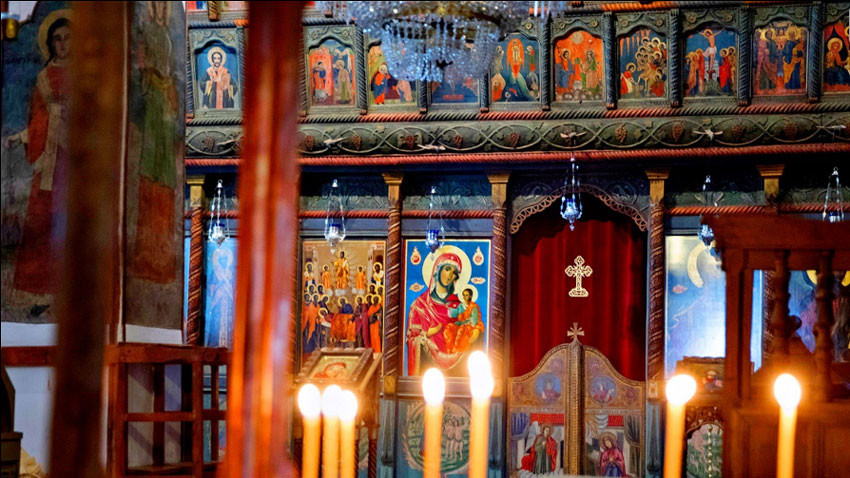
 The Church of the Dormition of the Blessed Virgin was consecrated in 1835 and is part of a complete architectural complex. Nearby a school was built and its building is now a subject to restoration. “This was the first school in Shiroka Laka. We aim to restore it in its authentic look,” priest Ivan says. A high stone wall encloses the complex and protects them from the waters of the river that runs through the village.
The Church of the Dormition of the Blessed Virgin was consecrated in 1835 and is part of a complete architectural complex. Nearby a school was built and its building is now a subject to restoration. “This was the first school in Shiroka Laka. We aim to restore it in its authentic look,” priest Ivan says. A high stone wall encloses the complex and protects them from the waters of the river that runs through the village.
Today, less than 500 people live in the preserved authentic Rhodope houses of the village, located amphitheatrically on both sides of the river. During the major Orthodox holidays, the ancient church is full of believers. “On a regular Sunday, one can really estimate how many people are actually living with their faith,” Orthodox priest Ivan Marinski says.
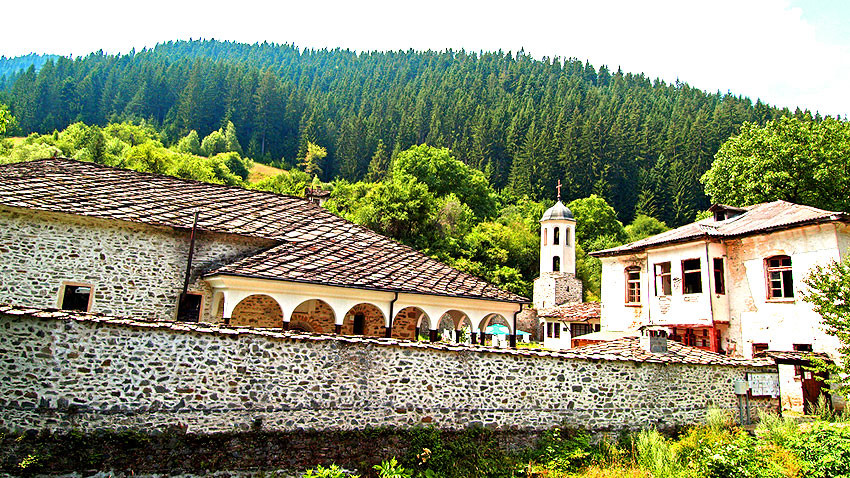
English: Alexander Markov
Today, Bulgaria celebrates the 140th anniversary of the Unification of the Principality of Bulgaria and Eastern Rumelia. The center of the festivities is Plovdiv, where on this day in 1885, after the entry of the Golyamo Konare detachment into the..
In June 1878, after the 10 th Russo-Turkish war in a row, at the Berlin congress, the lands in the Balkans inhabited by Bulgarians were divided up into five. Northern Dobrudja was handed over to Romania. Serbia got the Sanjak of Niš. The lands..
The New Church Year begins on September 1. The month of September is the seventh month of the year according to the Jewish calendar. It is associated with a number of biblical events, which is why it was designated as the beginning of the Church New..
On 19 October, Bulgarians commemorate St Ivan Rilski, also known as St John of Rila, who is considered the country’s heavenly protector. He founded the..

+359 2 9336 661
